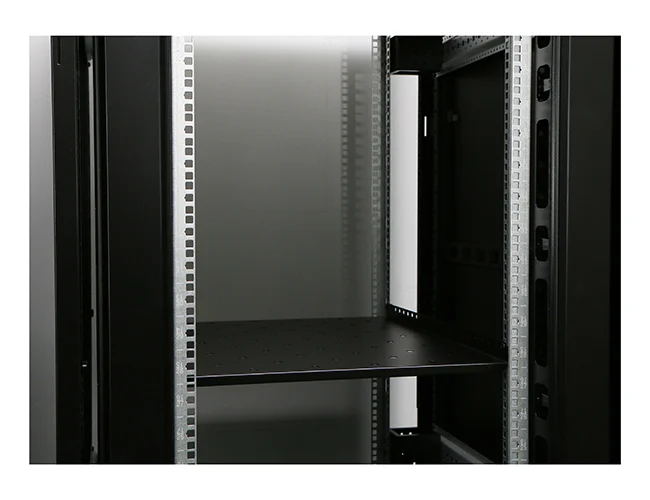News
Site Editor
 Site
https://leonetworkgroup.usa18.wondercdn.com/uploads/image/5fe152faa587d.png
A patch panel is a device that allows multiple cables to be connected and managed in a single location. It is a crucial component of any networking setup and is used to connect devices such as computers, servers, and switches.Before beginning the patch panel installation process, it is essential to gather the necessary tools and equipment. The required items include a patch panel, punch-down tool,
Site
https://leonetworkgroup.usa18.wondercdn.com/uploads/image/5fe152faa587d.png
A patch panel is a device that allows multiple cables to be connected and managed in a single location. It is a crucial component of any networking setup and is used to connect devices such as computers, servers, and switches.Before beginning the patch panel installation process, it is essential to gather the necessary tools and equipment. The required items include a patch panel, punch-down tool,
How To Patch Panel
Views: 368
Author: Site Editor
Publish Time: 2023-07-13
Origin: Site
A patch panel is a device that allows multiple cables to be connected and managed in a single location. It is a crucial component of any networking setup and is used to connect devices such as computers, servers, and switches.
Before beginning the patch panel installation process, it is essential to gather the necessary tools and equipment. The required items include a patch panel, punch-down tool, cables, cable ties, wire strippers, and a screwdriver. Once the tools are prepared, the following steps can be followed to install a patch panel.
1. Determine the best location for the patch panel
The patch panel should be placed in a central location where it can easily be accessed. It is also essential to ensure that the area is free of moisture to prevent damage to the cables.
2. Mount the patch panel
The patch panel should be mounted onto a sturdy surface using screws to ensure it does not fall off or move around in the future. Additionally, one should ensure that the patch panel is positioned horizontally and levelled to prevent any complications during cable termination.
3. Strip the cables
Using wire strippers, strip the cables of insulation to expose the wires before punching down. Ensure that all the wires are exposed equally and are untangled to avoid any mistakes.
4. Terminate cables
Using punch-down tool terminations, punch the colored wires from the cables into the patch panel jacks. Ensure that all the wires are punched down correctly to avoid disruption of network functionality.
5. Test the patch panel
Once the patch panel is fully punched down and all connections are secured, perform continuity testing to ensure that the cables are correctly connected. This ensures that there is no interruption and that the network will continue to function normally.
6. Label the cables
After testing is complete and everything is working as expected, label all the cables on both ends to avoid confusion for future maintenance and upgrades. This will ensure all terminations are easily identifiable.
7. Organize the patch cables
To ensure maximum efficiency and neatness of the patch panel, manage and organize the patch cables to prevent any mixing or obstruction.
In conclusion, patch panel installation can seem daunting, but proper planning and execution will lead to better network functionality and easier maintenance. When following these steps, and with the right tools and equipment, anyone can install a patch panel efficiently and successfully.
If you want to know more about industrial network cabinet,china fiber optic splice closure,china fiber optic distribution box,please consult the fiber optic splice closure factory









